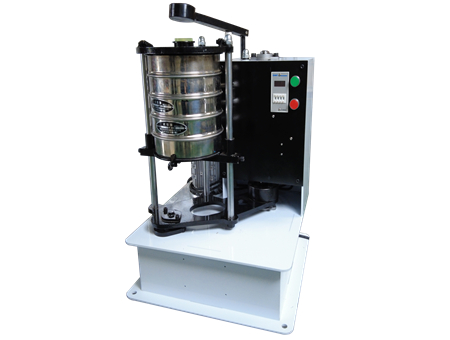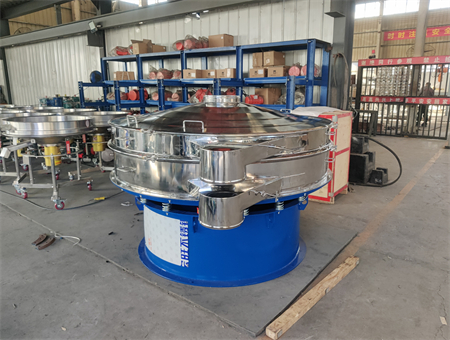1. Remove impurities: for safe production, it is necessary to remove impurities from corn. Corn raw materials contain various impurities, including dust mustard, organic impurities, and inorganic impurities. Generally design 3 screen surfaces, the first layer of screen surface adopts a circular hole screen with a diameter of 17-20mm to remove larger impurities; the second layer of screen surface adopts a screen with a diameter of 12-15mm circular hole, Used to remove medium-sized impurities, the third layer of screen surface adopts a screen with a diameter of 2mm round holes to remove small impurities.
2. Soak the corn: after the impurities are removed, the corn should be soaked. Generally, the metal tank is connected with a pipe, and then the water pump is soaked in water to circulate in each metal tank to achieve the function of flowing corn.
3. Coarse crushing: the coarse crushing here refers to crushing a corn kernel after soaking into more than 10 pieces, so as to facilitate the separation of the germ of the corn.
4. Germ separation: After the pretreatment of the previous step, the germ separation of corn is much more convenient, and the germ separation tank is generally used for separation.
5. Grinding: After the corn is separated from the germ, the materials include corn crumbs and part of starch flour. The flour is fully extracted and solidly ground to destroy the corn cells and free the flour particles contained in it.
6. Sieving flour: after the above 5 steps, the corn kernels have turned into corn paste. At this time, a
linear vibrating screen is used to separate the corn flour from the coarse and fine residue.


